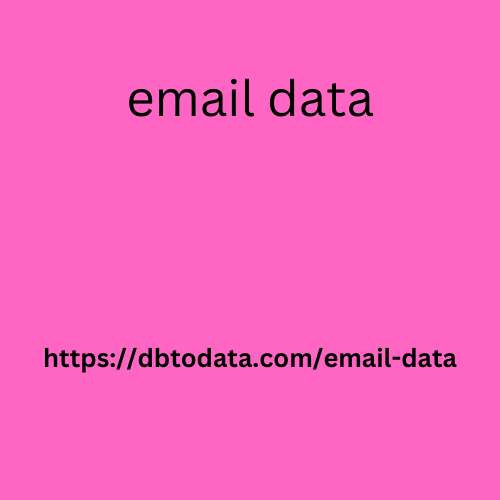Contact segmentation arises from the importance of driving more effective and personalized marketing strategies. The ability to target specific audiences becomes an art that not only enhances the relevance of your messages but also maximizes your return on investment.
In the search for the perfect contact segmentation,
one of the tools that stands email data out is HubSpot. As well as simplifying the segmentation process, it transforms it into an intuitive and efficient experience. In this article, we will explore contact segmentation and teach you how to create lists in HubSpot for this purpose.
¿Why is contact segmentation important?
Let’s take a look into the benefits of contact segmentation to understand why it becomes the driving force behind successful campaigns and how it can transform interaction dynamics.
It allows precise customization: this
tool allows you to tailor your messages to each segment, addressing their specific concerns accordingly. Increased relevance: By having an overall understanding of your contact’s behaviour you will be able to offer content and offers that resonate with their interests.
Optimizes the buying cycle: It helps identify key points in the customers buying cycle, accelerating the decision-making process.
Maximizes resources: By facebook ime? osnovani su tako specifically targeting customer segments with higher potential, you optimize your resources, avoiding unnecessary efforts.
Identifying key points is crucial to better segment the customers we want to target. An example of this could be a geographic location or the size of a company.
How to create lists in HubSpot: Step by step By creating lists in HubSpot we can very easily achieve an effective and precise segmentation. Once you have clicked “Lists,” click on the orange button that appears on the right that says “Create list.” Here, HubSpot gives you the option to create a list from 3 objects: contacts, companies, and deals.
Important: Here you’ll have to choose ew leads between 2 different types Active: Records will enter or exit the list as their properties change. These are used for actions that require a temporary update, for example, to know which contacts have a specific engagement based on established lead scoring.

